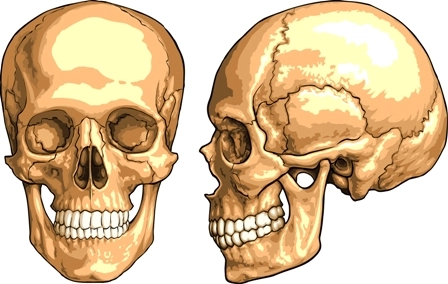Don't Forget to Report Cause Separately When Reporting Injuries

Question: Our surgeon recently treated a patient for a gunshot wound from a pistol to the jaw; our surgeon had to remove the bullet from the patient’s jaw. The injury was inflicted when the pistol went off accidentally when the patient was trying to load the gun. How should we report this diagnosis?
Montana Subscriber
Answer: When reporting a bullet injury to the jaw, you will begin your reporting with the parent code, S01.5- (Open wound of lip and oral cavity). Since your surgeon removed the bullet from the patient’s jaw, you will have to report this diagnosis as a puncture wound of the oral cavity with foreign body. So, you will have to report this diagnosis with S01.542 (Puncture wound with foreign body of oral cavity).
However, your reporting will not be complete if you don’t list a seventh character to provide information about the characteristic of the encounter. If you report only six characters for this diagnosis, you will be submitting an invalid code and courting a claim rejection.
You’ll list seventh character “A” for initial encounter, “D” to indicate a subsequent encounter, or “S” to indicate sequela. You report an initial encounter code when the patient presents to your surgeon for the first time or when the patient is under active care for the injury. You report the subsequent encounter code when the patient reports to your surgeon during the healing phase. You choose to report the encounter as “sequela” when the patient presents to your surgeon with a complication that is caused due to the injury.
So, in this case, the diagnosis code that you will have to report will be S01.542A as your surgeon removed the bullet from the patient’s jaw in the particular encounter.
But, your reporting of the diagnosis is still not complete as you will have to report the external cause for the injury. In this case, since the patient suffered from a gunshot wound, you will have to report this with an appropriate code. If the patient received the wound from an accidental discharge of the gun, you will report W32.0- (Accidental handgun discharge).
Again, in this case, you’ll see that you need to report seven characters, but the listed code is only four characters long. In situations like this, you should report “x” as the 5th and 6th characters. In ICD-10, dashes are used to “hold” a character space when you should list a specific character, but you are discussing the code category in general. The “x” character, on the other hand, fills in a space when the code set has no specific characters in certain positions in the code, but the code requires a seventh character.
So, in this case, as your surgeon removed the bullet during the encounter, you will have to report W32.0xxA (Accidental handgun discharge, initial encounter).




